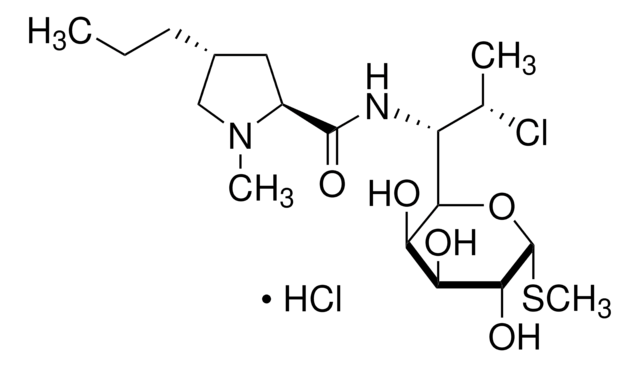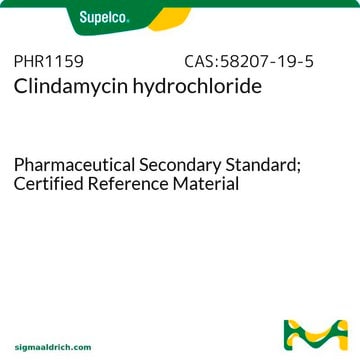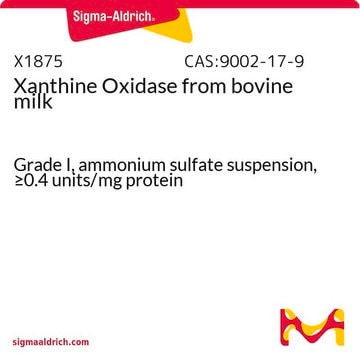C7752
Cytochrome c from equine heart
≥95% based on Mol. Wt. 12,384 basis
Synonym(s):
Cytochrome c from horse heart
About This Item
Recommended Products
biological source
horse heart
Assay
≥95% (SDS-PAGE)
≥95% based on Mol. Wt. 12,384 basis
form
powder
mol wt
12,384
technique(s)
cell culture | mammalian: suitable
suitability
suitable for molecular biology
UniProt accession no.
storage temp.
−20°C
Gene Information
horse ... CYCS(100053958)
Looking for similar products? Visit Product Comparison Guide
Application
Cytochrome c is suitable for use as a component of phosphate buffer for the detection and evaluation of complex IV activity using blue-native gel electrophoresis (BN-PAGE). It may also be used for the detection of extracellular superoxide anion (ECSA) in isolated kidney phagocytes.
Biochem/physiol Actions
Preparation Note
Other Notes
Application
also commonly purchased with this product
Storage Class Code
11 - Combustible Solids
WGK
WGK 3
Flash Point(F)
Not applicable
Flash Point(C)
Not applicable
Personal Protective Equipment
Certificates of Analysis (COA)
Search for Certificates of Analysis (COA) by entering the products Lot/Batch Number. Lot and Batch Numbers can be found on a product’s label following the words ‘Lot’ or ‘Batch’.
Already Own This Product?
Find documentation for the products that you have recently purchased in the Document Library.
Customers Also Viewed
Protocols
Enzymatic Assay of Superoxide Dismutase
Chromatograms
application for HPLCapplication for HPLCapplication for HPLCOur team of scientists has experience in all areas of research including Life Science, Material Science, Chemical Synthesis, Chromatography, Analytical and many others.
Contact Technical Service







